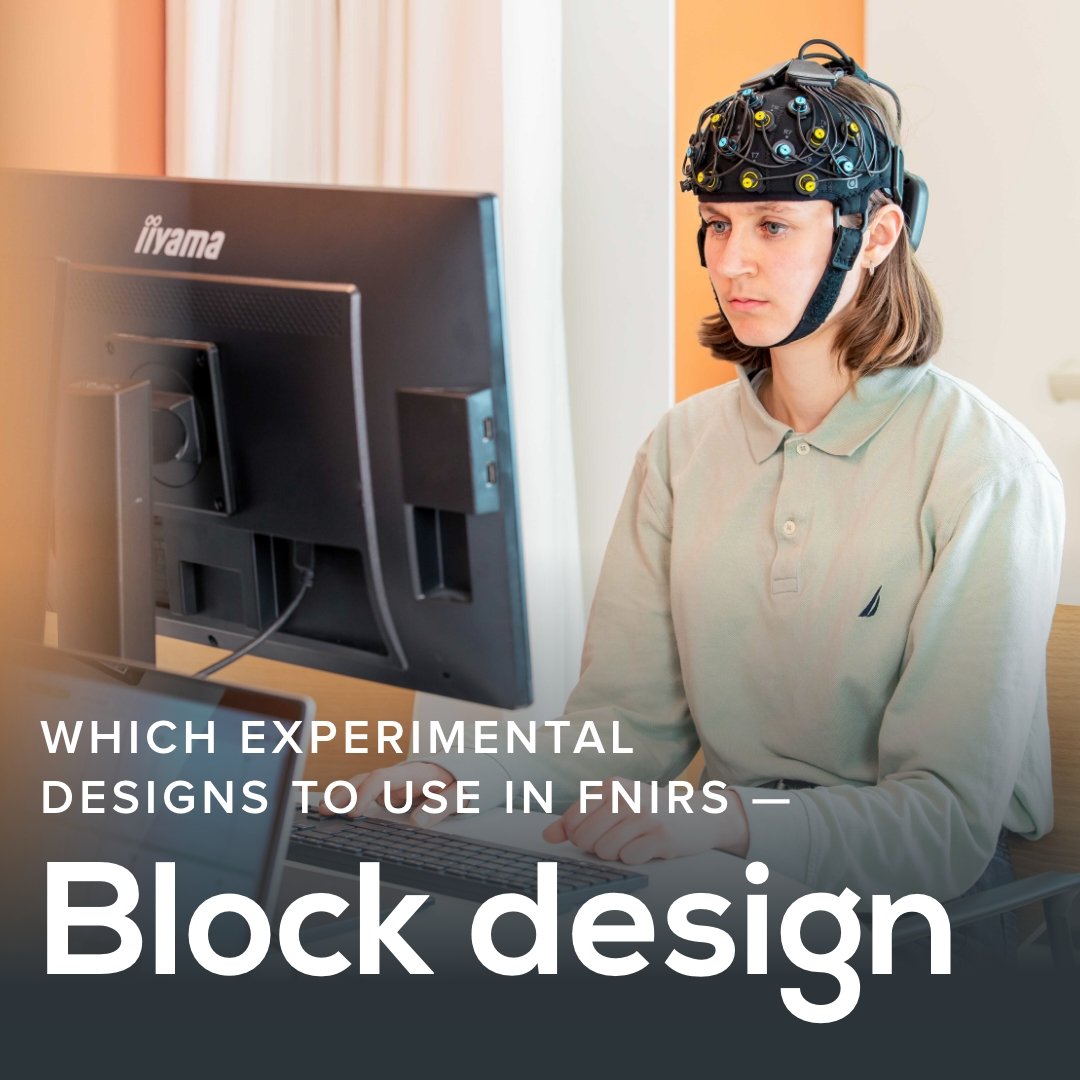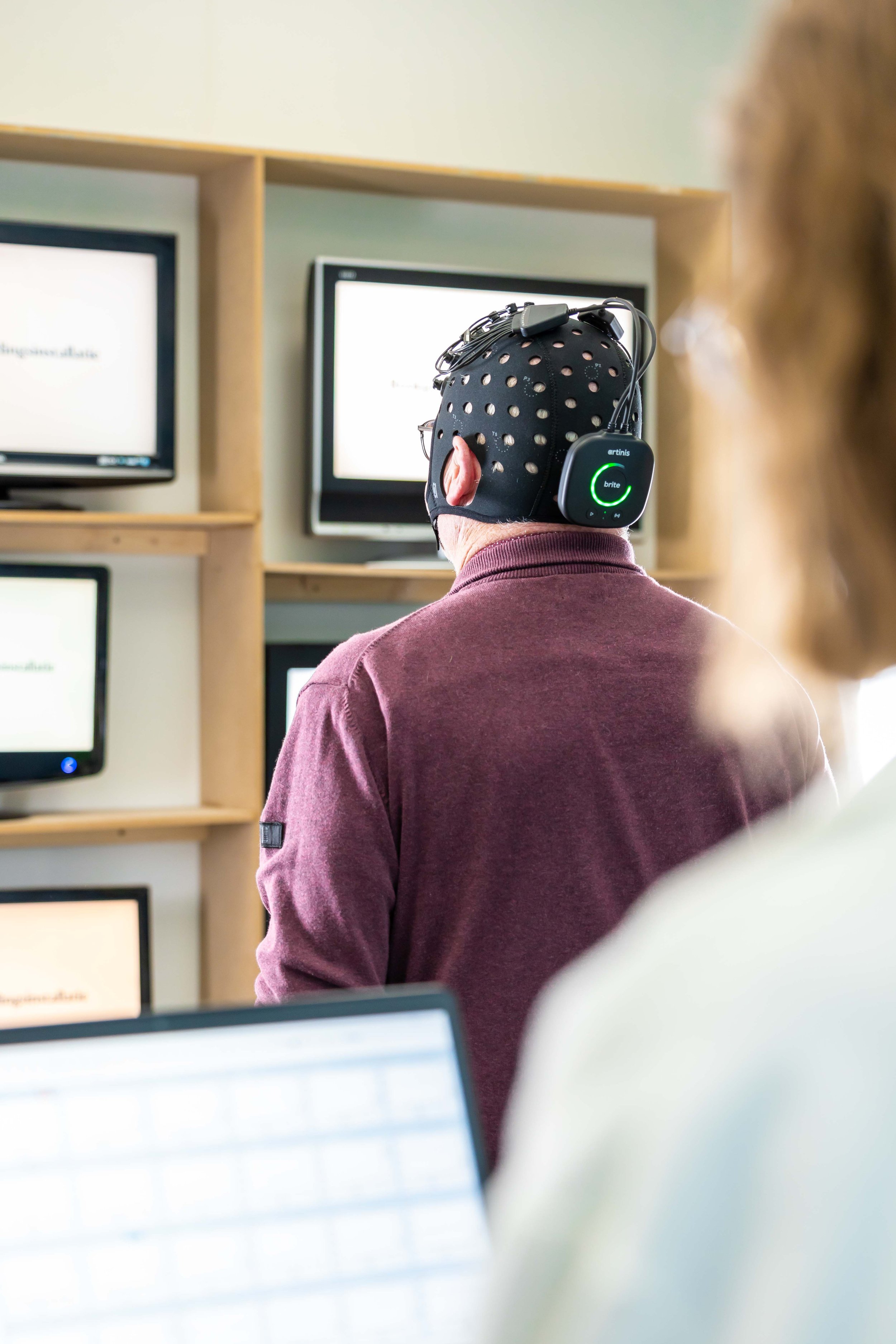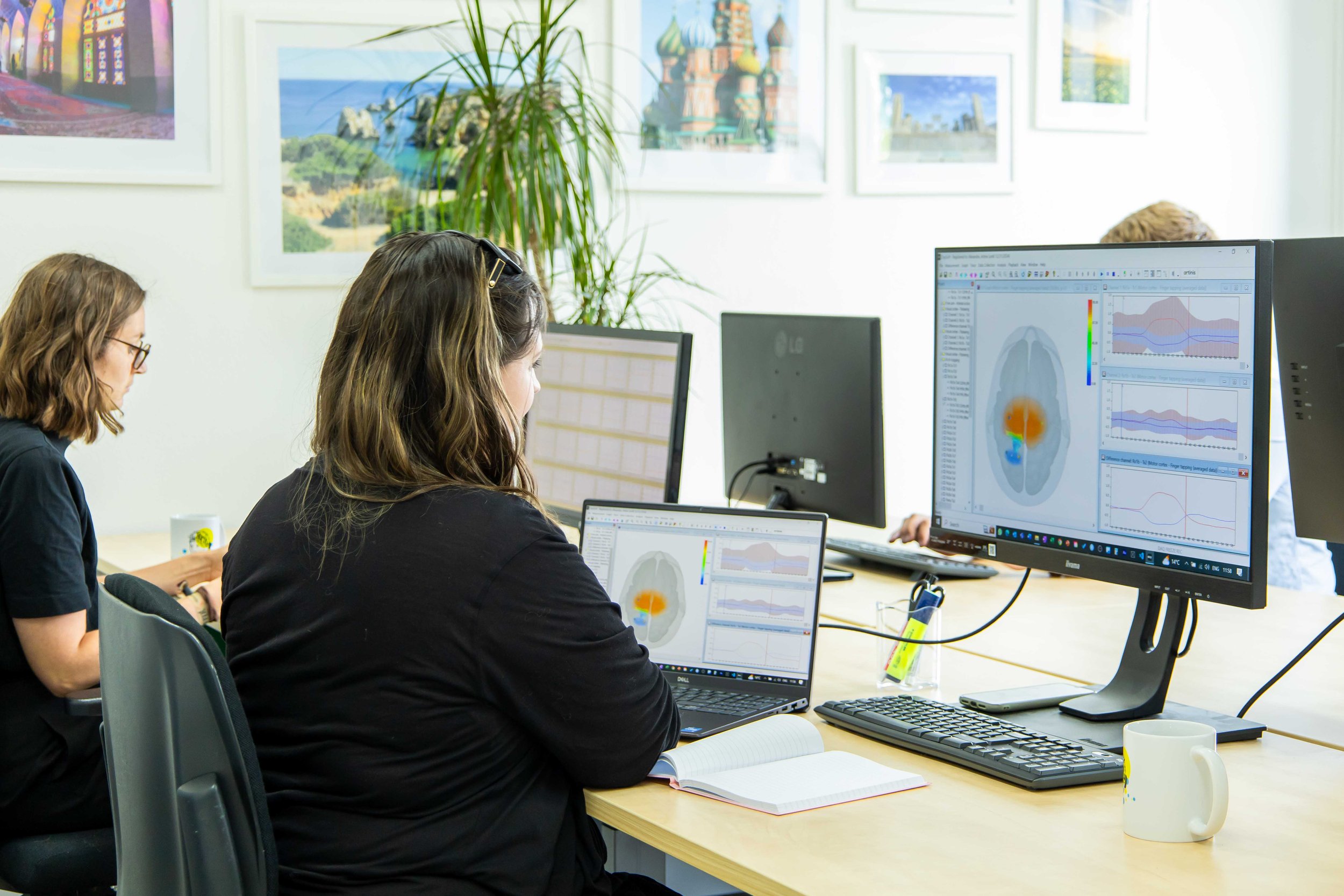Motion artefacts in (f)NIRS — Hot to best detect them
— Author: Thijs van Aalten —
In our first blogpost in this series about motion artefacts, we explained what motion artefacts are and how to prevent them. Unfortunately, it is not always possible to prevent all motion artefacts, especially in experiments involving movement tasks. Luckily, there are numerous ways to detect motion artefacts, which will be explained in this blogpost including their advantages and disadvantages.
The algorithms described in this post focus solely on the detection of motion artefacts. Some algorithms can detect and correct motion artefacts at the same time. These will be explained in the final post of this blogpost series.
Motion Artefact Detection
Detecting motion artefacts is a crucial step in ensuring the integrity of fNIRS data. Because motion artefacts can mimic or obscure true neural signals, reliable detection methods help researchers make informed decisions about data inclusion, correction, or rejection.
Manual Detection
Manual inspection involves visually examining signal traces for patterns such as sudden spikes, shifts, or non-physiological oscillations.
Pros: Provides context-sensitive assessment. Experienced researchers may recognize subtle artefacts that automated tools might miss.
Cons: Labour-intensive, subjective, and not feasible for large datasets. It may also introduce variability between raters.
Automatic Detection
Automated detection methods offer consistency and scalability, and they can be broadly categorized into IMU-based and NIRS-based approaches. An Inertial Measurement Unit (IMU) is a small motion sensor that is integrated in our Brite Family devices and is available as an add-on to the PortaLite and PortaMon sensors. Our software, OxySoft, and Brite Connect, for example, record and preview the IMU data automatically during a measurement. More information on IMUs in our devices can be found in our blogpost on IMUs.
IMU-Based Detection
Pros: Provides objective and time-synchronized movement data. Effective in identifying even subtle motion.
Cons: Head movements do not necessarily result in motion artefacts in fNIRS data, and even if they do, they may only affect certain channels in specific regions. Conversely, motion artefacts caused by facial movements do not always involve head motion and therefore will not always trigger a change in IMU data, especially if the IMU and optodes are far away from each other.
Figure 1 shows a clear change in IMU data during head shaking.
Figure 1: Example of acceleration data from the Inertial Measurement Unit (IMU) during head shaking. The data is shown in three axes and measured in milligravity (mG).
NIRS-Based Detection
Optical Density (OD) change thresholding: Identifies sudden changes in the raw signal. Often implemented using absolute or relative thresholds within short time windows.
Pros: Simple, fast, and easy to implement. Effective for detecting large, abrupt artefacts.
Cons: Can miss more subtle or slow-developing artefacts. Prone to false positives during fast physiological changes.
Moving Standard Deviation (MSD): Calculates signal variability over a moving window to flag unusually high variance indicative of motion [1].
Pros: Provides a continuous measure of signal stability. Relatively robust for identifying noisy periods.
Cons: Sensitive to choice of window size and threshold. High physiological variability can mask or mimic motion inducing false positives.
Figure 2 shows a clear change of variance in NIRS data during a motion artefact.
Figure 2: Example of increase in variance in NIRS data due to a motion artefact
Our Take
Combining multiple detection methods (e.g. IMU- and NIRS-based) can improve reliability, particularly in complex or motion-prone study designs. Once motion artefacts are detected, you will face the decision of how best to manage them to preserve the validity of your data. The choice depends on the extent and nature of the artefacts, the research question, and the amount of available data. Further information on how to address motion artefacts will be presented in the final post of this blogpost series.
REFERENCES / SUGGESTED LITERATURE[1] Huang, R., Hong, K.-S., Yang, D., & Huang, G. (2022). Motion artifacts removal and evaluation techniques for functional near-infrared spectroscopy signals: A review. Frontiers in Neuroscience, 16, 878750. https://doi.org/10.3389/fnins.2022.878750
[2] Scholkmann, F., Spichtig, S., Muehlemann, T., & Wolf, M. (2010). How to detect and reduce movement artifacts in near-infrared imaging using moving standard deviation and spline interpolation. Physiological Measurement, 31(5), 649–662. https://doi.org/10.1088/0967-3334/31/5/004
[3] Zhang, Y., Brooks, D. H., Franceschini, M. A., & Boas, D. A. (2005). Eigenvector-based spatial filtering for reduction of physiological interference in diffuse optical imaging. Journal of Biomedical Optics, 10(1), 011014. https://doi.org/10.1117/1.1852552
[4] Molavi, B., & Dumont, G. A. (2012). Wavelet-based motion artifact removal for functional near-infrared spectroscopy. Physiological Measurement, 33(2), 259–270. https://doi.org/10.1088/0967-3334/33/2/259
Do you have any questions regarding motion artefacts or how to detect them with our portable (f)NIRS devices? Then feel free to reach out at askforinfo@artinis.com.



![[PortaMon MKIII] studio-8.jpg](https://images.squarespace-cdn.com/content/v1/64e314a8c69b933a41187ec2/1751545480790-4UBNNSU7C35SPBHJTS5I/%5BPortaMon+MKIII%5D+studio-8.jpg)







Due to its portability and ease of use, fNIRS is applied in a variety of research fields, especially in study designs involving movement. Although fNIRS is relatively insensitive to motion artefacts, they still can occur and might influence signal quality. In this first part of our blogpost series on motion artefacts in NIRS, we explain what movement artefacts are and how they can be recognized.